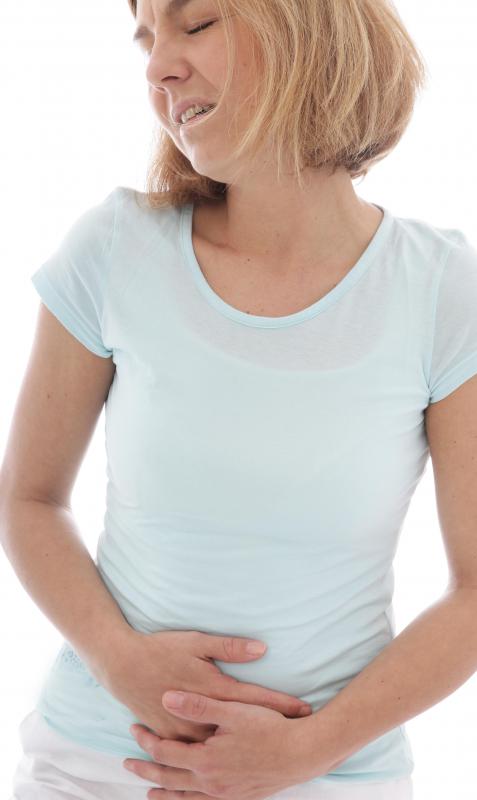At TheHealthBoard, we're committed to delivering accurate, trustworthy information. Our expert-authored content is rigorously fact-checked and sourced from credible authorities. Discover how we uphold the highest standards in providing you with reliable knowledge.
What is Phytolacca Decandra?
Phytolacca decandra (also Phytolacca americana) is known by many names — American pokeweed, pokeberry, poke root, inkberry, poke, cancer root, inkweed, and pigeonberry. Native to North America, especially along the eastern part of the United States, pokeweed can be found growing nearly anywhere, from wooded areas and fields to home sites and roadsides. For this reason, the weed has earned itself the reputation of a nuisance in and around many landscapes. Despite this, pokeweed has been extremely useful to various cultures.
The dark purple berries were once popular for making ink. In fact, the names inkberry and inkweed were used in reference to this. The berries were also commonly used as food coloring. The entire plant is considered poisonous before cooking, and many experts recommend not consuming cooked pokeweed, as the toxins may remain. Even though this is true,the young shoots are sometimes boiled and eaten like greens or used in poke salad. More common, however, was its use for medicinal purposes.

Pokeweed was often converted into various forms to treat an array of symptoms. These preparations included everything from extract teas and tonics to tinctures, poultices, and powders. For example, the cooked berries or tea extract were commonly ingested as a remedy for rheumatism. The leaves and root of Phytolacca decandra were often mashed into a poultice and applied externally to relieve sprains, bruising, and joint inflammation.

As far back as the late 1800s, the powder made from this plant has been employed by homeopathic practitioners as a choice remedy for treating cancer and lymphatic conditions, such as with breast infections. It worked well with lumps and growths too. Glandular conditions associated with swollen tonsils or sore throats, were also treated with remedies of Phytolacca decandra. It is thought that the plant helps relieve pain and inflammation, and promotes healing. Pokeweed seems to work well on fibrous tissues and muscles.

Additional remedies of the plant include various skin-related issues such as eczema and psoriasis. Many Native Americans also prescribed Phytolacca decandra to stimulate the heart. In some areas, the plant was thought to drive away evil spirits. Thus, it would be given to those who were deemed to be possessed, triggering these patients to vomit and ultimately cleanse their bodies.

Phytolacca decandra should never be used without the advice of a qualified herbal or homeopathic practitioner. Ingestion of or excessive amounts of the plant’s extract have been known to cause various problems. These may include nausea, vomiting, cramping and gastric upset, weakness, extreme thirst, and skin irritation. In addition, pregnant women and children should never use remedies containing any form of this plant.
AS FEATURED ON:
AS FEATURED ON:

















Discussion Comments
I've heard you have to cook poke salad three times, changing the water each time, to get all the toxins out of the stuff. But I know people used to eat it if that was all they could get.
My grandmother said people would cook the greens the third time in bacon grease (since that was cheap and flavorful), and would eat it with cornbread, and usually, a glass of buttermilk. Never liked buttermilk either, except for cooking. I do love cornbread, though.
I'm not sure why anyone would voluntarily eat poke salad, considering the possible hazards, but I guess you'll eat anything to keep from going hungry.
Around here, we call it "poke sallet" and some people actually eat the greens. I've never been that brave. There's a little town in my area that actually has a poke sallet festival every year.
I know that pokeberries are used -- or used to be used -- for their brilliant purple dye. They could be again. Poke sallet is easy to grow, and will grow wild just about anywhere. My mom used to have some in her yard. She didn't really want it and it took her two or three seasons to actually completely get rid of the stuff. She planted a lovely forsythia in its place. Much nicer.
Post your comments